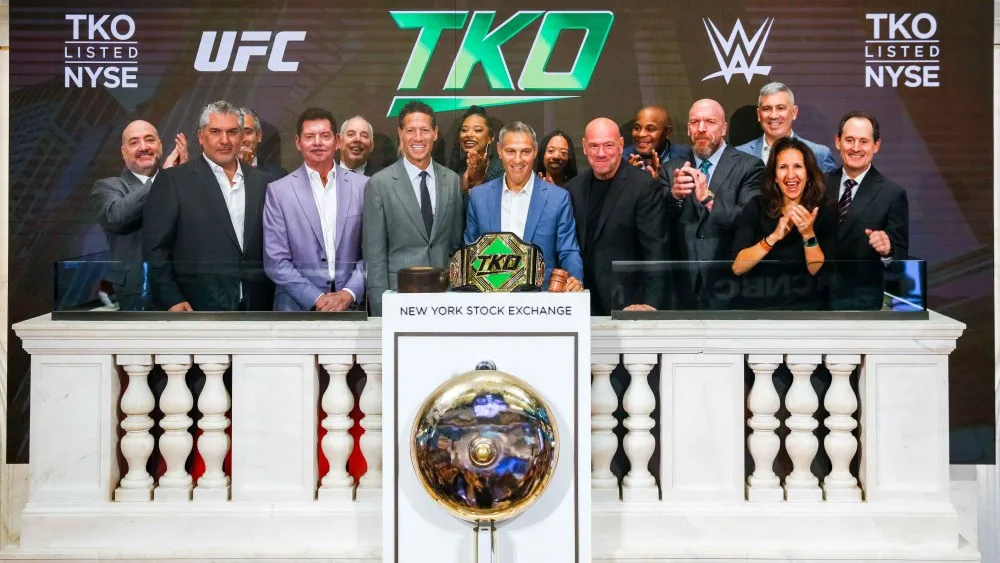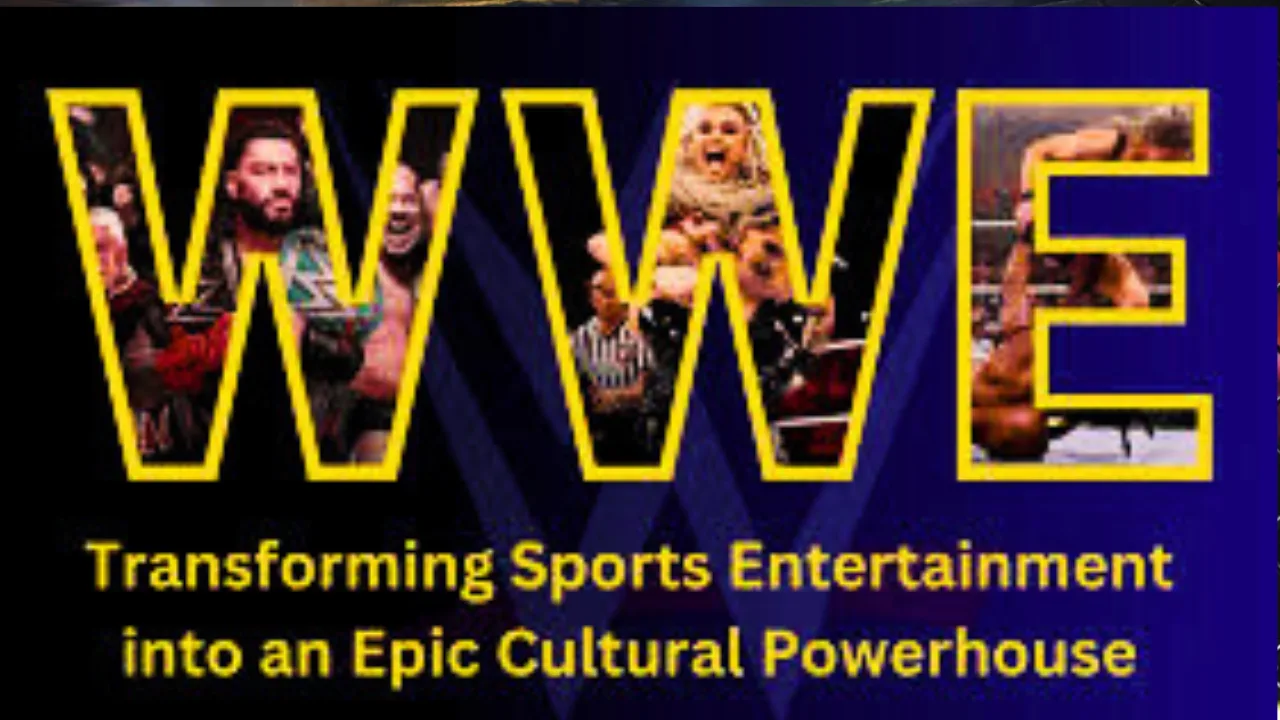WWE runs under a creative direction which gives fans as well as company members a better idea of where the company is heading. While Vince McMahon was seen as the key authority looking after most the things in the company for decades, the global juggernaut has undergone several changes in the past few years. It includes WWE’s merger with UFC, under the TKO Group Holdings.
World Wrestling Entertainment (WWE) has evolved from its wrestling beginnings to appear as an international entertainment powerhouse. With a lot of fans all over the world and weekly shows broadcast in dozens of countries, WWE is a cultural hub. But behind the blinking lights and dynamic action is an organisation run by a carefully arranged leadership team.
Table of Contents
Corporate Leadership

At the very top of WWE is Ariel Emanuel, CEO of Endeavour and now CEO of TKO Group Holdings, the parent company in charge of both WWE and UFC.
Ariel Emanuel handles the overall approach, Mark Shapiro serves as President and COO of TKO, playing an active role in managing the two brands’ collaboration.
WWE’s CEO, Nick Khan, plays a prominent role in handlingthe business of the company. Khan, who joined the company in 2020, played an important role in the Endeavour merger. He focuses on expanding WWE’s media deals, growing worldwide, and is in charge of large business activities.
Paul “Triple H” Levesque is one of the most important figures who serves as WWE’s Chief Content Officer. He is the creative head and manages talent development across all brands. With Vince McMahon getting back from daily activities and the McMahon family’s power decreasing, Levesque has become a powerful figure in professional wrestling.
The important role in governance is played by the Board of Directors. Now under TKO, the board is a mix of executives from WWE and Endeavour, giving error-free and lasting, and calculated planning. Vince McMahon, although once the main character, now has a low position in terms of the corporate system, indicating a new era for WWE. He was the Executive Chairman of TKO before resigning from the position.
Creative Leadership
It’s storytelling is managed by a complex creative team. While previously Vince McMahon and now Triple H has the final say, each brand, NXT, Raw, and SmackDown, has committed teams behind the scenes.
The lead writer for Raw is Ed Koskey. While Ryan Callahan and a team work for SmackDown. Shawn Michaels, who is a veteran and close friend of Levesque, looks after the creative direction of NXT, developing the next generation of superstars.
The Chief Content Officer’s role is not just to approve scripts but to align imagination with business goals, talent growth, and morals. Executive directors and producers work closely with on-screen talent to form storylines, promos, and match results, all while staying in line with audience expectations and demands.
Operational Leadership
It is a complex business working outside the ring. From media rights to goods, live events, and growth all over the world, it’s all handled by technical departments.
Kevin Dunn, the longtime Executive Producer, controls television production, though rumours suggest his power has decreased since the collaboration. Craig Stimmel, supervisor of revenue through collaborations and sponsorship deals all over the world, helps to get profitable brand connections.
It’s global expansion, especially in markets like India as well as the Middle East, is in charge by international planning teams. The company recently launched originalities like NXT Europe (expected to launch soon), indicating a continued expansion into new territories.
On-Screen Authority Figures (Kayfabe)

Fans mostly see characters like General Managers or Chairmen who make “official decisions” during shows in WWE programming as kayfabe roles, fictional control figures that make the storyline.
Over the past years, personalities like Mr. McMahon, Stephanie McMahon, Teddy Long and many more have fulfilled these roles. Currently Adam Pearce and Nick Aldis potray the roles of RAW and SmackDown General Manager respectively. While entertaining, these figures have no bearing on real-life decisions, but only to add drama, argument, or comedic relief, separating the fiction from the reality of WWE’s corporate world.
Ownership of WWE
As the global juggernaut is now a part of TKO Group Holdings, it’s officially under the shade of Endeavour, an entertainment and sports active. Endeavour(via Silver Lake) owns 61% of TKO, while WWE partners own the remaining 39%. This public company structure means more clarity and responsibility, especially to investors.
The TKO Board of Directors, led by Emanuel, includes officials from both WWE and UFC, bound to guide the company’s future. This control model mixes the showbiz edge of WWE with the legal sports framework of UFC, creating a hybrid entertainment-sports organisation.
Summary

WWE’s leadership structure has evolved differently. That was once a family-run business dominated by Vince McMahon has now changed into an entertainment worldwide property under corporate control.
From Ariel Emanuel’s overall picture vision to Nick Khan’s sharp business feeling and Paul Levesque’s creative leadership, WWE’s future is in the hands of an experienced, energetic team. With a new era rising, one thing is certain that the business behind the performance has never been more important or more interesting.


[…] Early Life John Cena WWE Salary 2025: Inside His $12 Million Paycheck & Income Sources WWE Leadership Structure: Meet Key Executives Shaping Pro-Wrestling’s Future Why Does Charlotte Flair Appear Older Than Her Age? Exploring Perceptions And Realities No. […]